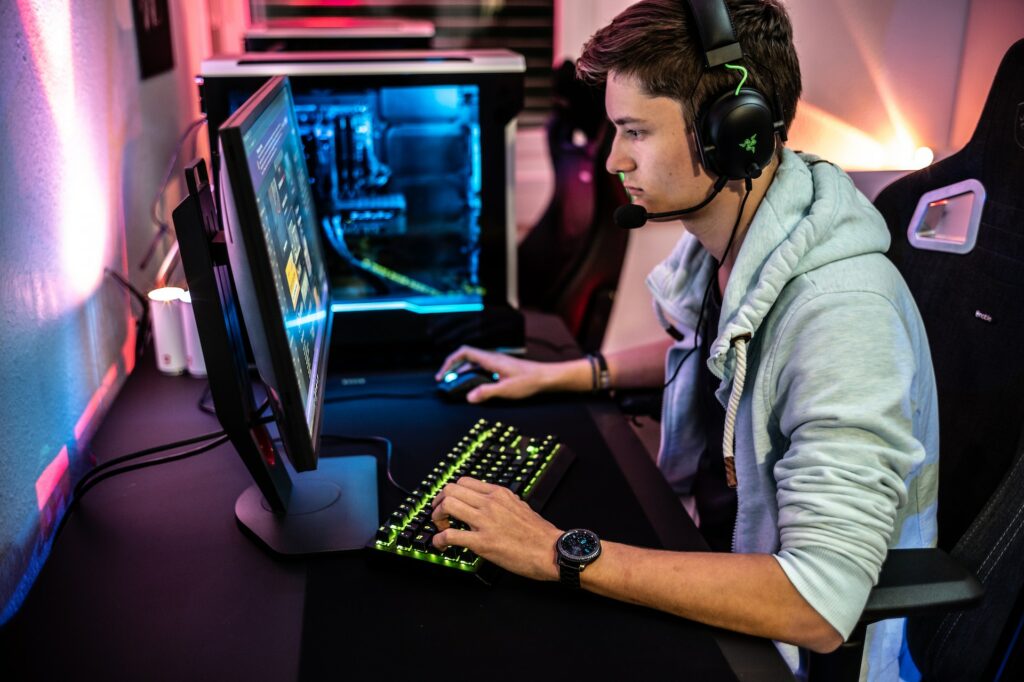
Unleash Your Creativity with Video Game Level Design
Different levels offer variation in gameplay experiences. For example, while all basketball courts may have similar shapes, an outdoor court and an indoor gym offer different experiences, cultures, and moods. Each level is carefully designed to evoke specific emotions and behaviors from the players.
Level Design: Crafting Game Spaces
Level design is the practice of planning and building spaces for video games. It encompasses the creation of game spaces, primarily in first-person or third-person action shooters. However, it also applies to other genres such as side-scrolling platformers, top-down strategy games, and non-combat games. This book focuses on level design in the context of 3D shooters, which has been the predominant medium since the 1990s.

Functional Level Design vs. Environment Art
In level design, there is a distinction between functional level design and environment art.
- Level designers primarily focus on shaping player behavior.
- They engage in tasks such as writing documentation, drafting layouts, building blockouts, observing playtests, and balancing maps and encounters.
- On the other hand, environment artists focus more on the visual aspects of the game, refining the level’s appearance through models, materials, set dressing, and lighting.
- While environment art adds visual appeal, it also contributes to the overall experience and aids players in gameplay.
Room Design vs. World Design
Level designers can spend significant time designing individual rooms. However, for games with expansive environments like battle royale arenas, open worlds, or MMOs with hundreds or thousands of rooms, focusing excessively on each room becomes impractical. World designers take a broader approach, considering the flow and wayfinding of entire neighborhoods, biomes, and categories. This approach allows players and systems to coexist within a larger, interconnected world. However, careful consideration must be given to avoid creating an empty or monotonous experience.
Theory vs. “Go Map”
While theory is important, practical application is crucial in level design. This book encourages aspiring level designers to put theory into action. The phrase “go map” is often used in the Quake community to motivate individuals to stop procrastinating and start building levels. Making actual levels is the primary way to develop the skills and knowledge needed to become a level designer.
Philosophy: Ideals and Beliefs about Level Design
This book is written with specific ideals and beliefs about level design. It aims to provide a cleaner theory that strikes a balance between academic concepts and commercial reductionism. The book explores language and concepts that are relevant to level designers, such as the architectural concept of massing. It emphasizes critical thinking and effective communication within the field of level design.
Zooming Out: Seeing the Big Picture
While level designers primarily focus on player behavior, it is essential to occasionally zoom out and consider the larger context. A level is not just a collection of rooms or a landscape with superficial elements. It is a combination of spatial design, art, psychology, programming, and culture. From the player’s perspective, there is no distinction between level design and environment art. Any element that influences the game world contributes to the overall level design. The entire player experience must be taken into account when designing levels.
Staying Alive and Free
Unlike printed books, this online book remains updatable and accessible. It will continue to be updated as new developments and trends in level design emerge. The book will remain free and open access, even after the servers are no longer operational. The level design community collectively owns and shapes the field, and this book is intended to belong freely to the community. It will never be behind a paywall or sold in any form.
Licenses and Open Access
Unattributed text, images, and content in this book are licensed under a permissive Creative Commons BY-NC-SA 4.0 license. Selling copies or translations of this book is prohibited. All copies, translations, and derivative works must remain freely accessible to the public.